I’ll admit it: sometimes I get anxious about climate change. Other times I get anxious about climate disinformation. And still other times I just want to look at birds or have a comedian make me laugh at the folly of humanity.
This month’s new environmental books support all those feelings and needs, and more.
The links below all go to publishers’ websites, but you should also be able to find any of them through your local bookseller or library (which may offer books in print, audio or digital formats).
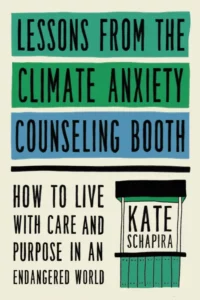 Lessons From the Climate Anxiety Counseling Booth: How to Live with Care and Purpose in an Endangered World by Kate Schapira
Lessons From the Climate Anxiety Counseling Booth: How to Live with Care and Purpose in an Endangered World by Kate Schapira
I’ve been an admirer of Schapira ever since we profiled her in 2018. She’s spent the past few years setting up booths in public parks to help talk everyday people through their climate anxieties. Now she’s taken her experience — and the stories she’s heard along the way — to a broader audience with this insightful, easy-to-digest book. It’s full of expert thoughts on dealing with trauma and fear, and information to help you understand the reality of the climate crisis. It’s also packed with questions you can ask yourself to kickstart some useful self-examination — not just of your mindset, but of the systems in place around you. Importantly, each batch of questions is followed by a section offering guidance on putting your answers into practice. Along the way, you’ll realize you’re not alone in your anxieties — as Schapira notes, we’re all “part of an ecosystem.” That’s my favorite part of this book: You can use it to sooth your own anxieties or to work through them as a group. Because we’re all afraid, and we have a right to that fear, but we can turn our collective anxiety, grief and anger into positive action.
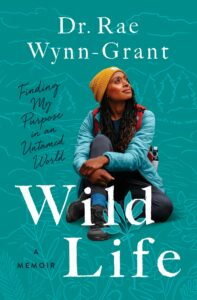 Wild Life: Finding My Purpose in an Untamed World by Dr. Rae Wynn-Grant
Wild Life: Finding My Purpose in an Untamed World by Dr. Rae Wynn-Grant
Wynn-Grant first came to my attention on recently rebooted Mutual of Omaha’s Wild Kingdom, the iconic wildlife TV show, where she serves as the first Black, female wildlife ecologist to host any major program of its kind. Around the same time, I devoured her PBS podcast Going Wild with Dr. Rae Wynn-Grant, which is overdue for a new season. But those two multimedia efforts didn’t prepare for this powerful memoir, which follows her around the world and through the challenges of becoming a Black, female scientist in a world that often undervalues all of those. The book is full of valuable lessons; in particular, I keep returning to the chapter about the grief of losing her grandfather, how a Maasai chief helped her deal with that grief by letting her tears water a 1,000-year-old baobab tree, and how her experiences with both elders shaped her approach to life and career. “My grandfather and his generation left a better world for me and my Black peers, but by no means a perfect one,” she writes. “Through my work with animals, ecosystems, and humans, I want to leave the world a little better than I found it.”
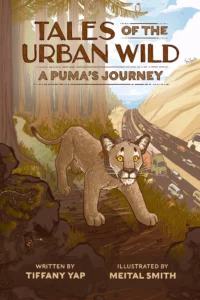 Tales of the Urban Wild: A Puma’s Journey by Dr. Tiffany Yap & Meital Smith
Tales of the Urban Wild: A Puma’s Journey by Dr. Tiffany Yap & Meital Smith
This nonfiction graphic novel, told mostly in shades of yellow and brown, takes us on our own journey through the difficult life of a mountain lion in the modern world. We see how they hunt, breed, and face increasing pressures from human highways, vehicles and development (not to mention rat poisons and wildfires). The book also visits the scientists and other people trying to make life a little bit easier for pumas and the wildlife around them (and maybe ourselves in the process). In a rarity for books of this type, the creators manage to convey the big cats’ personalities and struggles without anthropomorphizing them; instead, they use the human characters to convey the seriousness of the situation. The result is a science-based book with heart and hope. (Full disclosure: Yap is a senior scientist at the Center for Biological Diversity, the publisher of The Revelator.)
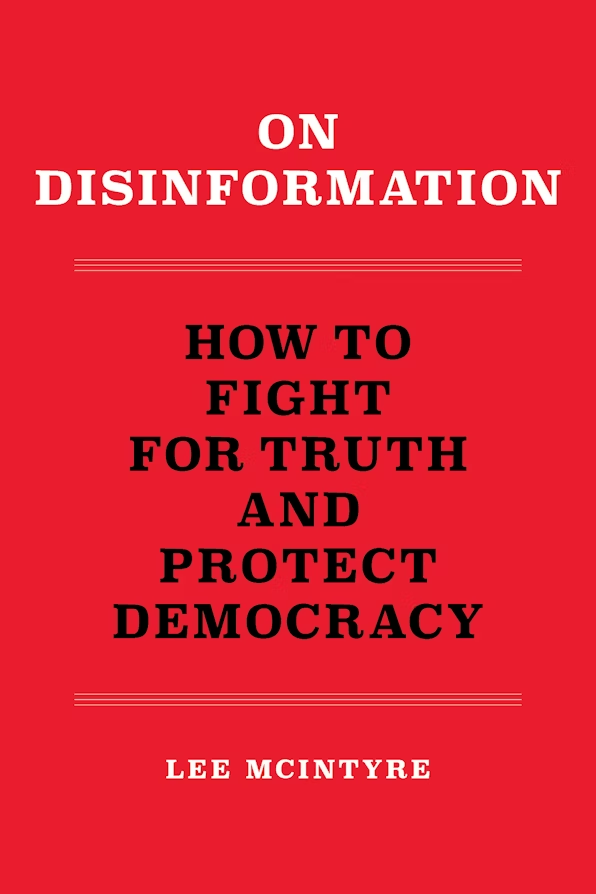 On Disinformation: How to Fight for Truth and Protect Democracy by Lee McIntyre
On Disinformation: How to Fight for Truth and Protect Democracy by Lee McIntyre
This slim book, published last year while I was on sabbatical, is obviously modeled on Timothy Snyder’s must-read On Tyranny, but it’s no pale imitation. This is an effective primer on how to deal with lies, propaganda, and the resulting deeply held (if inaccurate) beliefs that plague modern society, notably (for our purposes) when it comes to climate and election denial. You can probably read this book in an hour; the wisdom it offers will shape your communication for a lifetime. (Pair this with Foolproof: Why Misinformation Infects Our Minds and How to Build Immunity by Sander van der Linden for even more tools and strategies.)
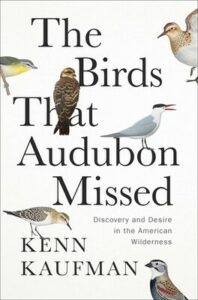 The Birds That Audubon Missed by Kenn Kaufman
The Birds That Audubon Missed by Kenn Kaufman
What a fascinating book. Kaufman writes about, and paints, several bird species ignored, invented or overlooked by John James Audubon, while reassessing the complicated legacy of the famed 19th-century naturalist. At the same time, Kaufman asks several deep questions about what it means to be a naturalist or a birder in the 21st century. He draws upon the history of scientific “discovery” of species, along with the internecine rivalries between competing naturalists, many of whom don’t get the modern attention they deserve (the book could almost be subtitled “and the naturalists Audubon eclipsed”). He writes movingly about his own journey to becoming a nature artist and his travels around the country to observe more and more birds, which he ties into Audubon’s own historic travels. And of course, he writes about the extinction crisis, which early naturalists helped fuel through their practice of shooting the birds they would paint or collecting them for display. This history (and personal perspective) serves to put modern birding into a broader context and illuminates not just the birds themselves but their roles in our cultures. (Pair this with The Backyard Bird Chronicles by Amy Tan, which just landed on my desk.)
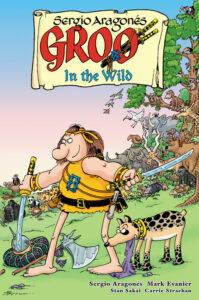 Groo: In the Wild by Sergio Aragonés & Mark Evanier
Groo: In the Wild by Sergio Aragonés & Mark Evanier
For more than four decades, Aragonés (Mad Magazine) and Evanier (Garfield & Friends) have used their comic books and graphic novels about Groo — a fray-loving barbarian so stupid and destructive he can’t set foot on a boat without sinking it — to satirize capitalism, religion, politics, racism and other matters of human arrogance. This time Groo once again cluelessly slices and stabs his way through armies and cities while the creators smartly skewer the extinction crisis, destructive farming techniques, overfishing, dams, the ivory trade, deforestation, wildlife trafficking, forced Indigenous relocation and other tough environmental topics. I’ll admit, that doesn’t sound like much fun, but it takes a talented creative team to lampoon human-caused extinction while telling a story this laugh-out-loud funny. Along the way, Aragonés and Evanier show that even a brain-addled mendicant like Groo isn’t dumb enough to eat or exploit a species into extinction. That takes a special kind of stupid.
In Brief:
But wait, there’s more! Here are seven more worthy environmental books, including one horrifying novel, that recently crossed our paths:
-
- The Codex of the Endangered Species Act: The First Fifty Years, Volume I by Lowell E. Baier
- The Best American Science and Nature Writing 2023 guest edited by Carl Zimmer
- Extinction by Douglas Preston
- H Is for Hope: Climate Change from A to Z by Elizabeth Kolbert
- Lessons for Survival: Mothering Against “the Apocalypse” by Emily Raboteau
- If We Lose the Earth, We Lose Our Souls by Bruno Latour
- Climate Action for Busy People by Cate Mingoya-LaFortune
That’s it for this month, but you can find hundreds of additional book recommendations in the “Revelator Reads” archives.
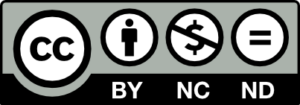
Previously in The Revelator:
Revelator Reads: 15 Random Books That Every Environmentalist Should Read


